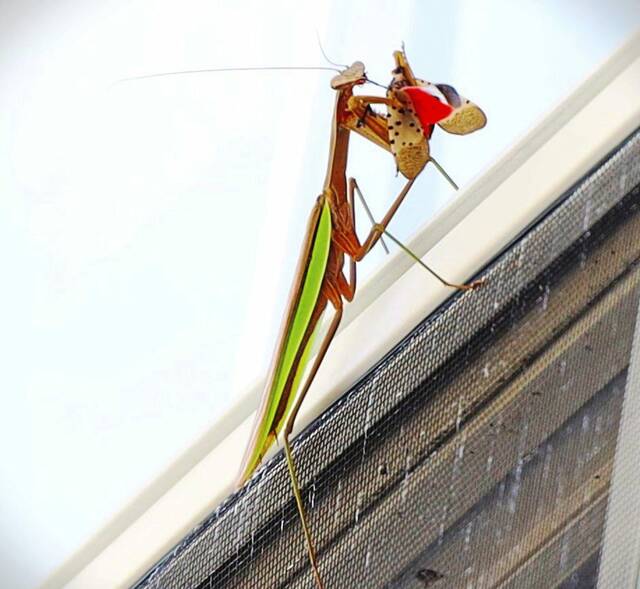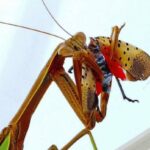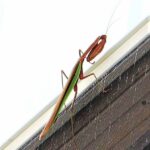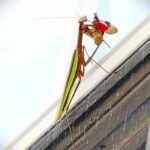There are no known natural enemies able to control the growing population of spotted lanternflies from destroying fruit and landscape trees, grapevines and woody ornamental plants.
Native to Asia, the spotted lanternfly was first detected in Pennsylvania in 2014. Since their discovery in Berks County, the tree-hopping pests have spread to 45 counties across the state.
With little known about the behavior of the invasive pests, researchers at Penn State Extension in 2021 confirmed what they suspected — predator insects such as praying mantises, spiders, wheel bugs and parasites will attack and eat a spotted lanternfly when the opportunity arises.
Among the predators seen eating spotted lanternflies were a few surprises, according to researchers, who noted squirrels, bats, frogs, goldfish, garter snakes and chickens consuming the pests.
Spotted lanternflies typically spread long distances when people transport infested material such as wood, according to the United States Department of Agriculture.
Researchers say a praying mantis will eat any insect that wanders too close, which can help control pests that cause damage to plants.
But they are indiscriminate about the bugs they eat, so they also can destroy beneficial insects such as butterflies and bees, which are pollinators.













